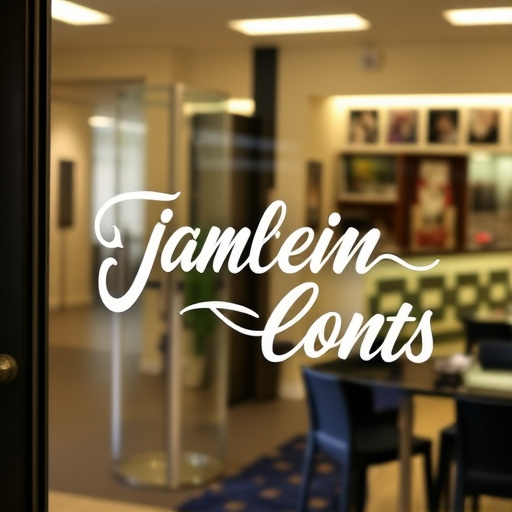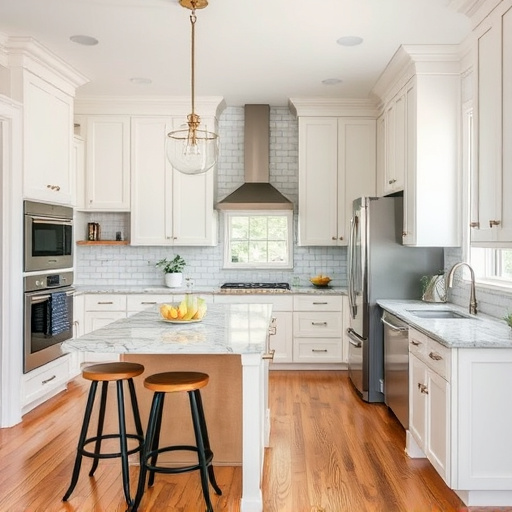Residential window tinting enhances comfort and energy efficiency by blocking infrared rays, reducing heat gain, and minimizing glare. Modern films offer customizable UV protection, heat rejection, and light distortion control, preserving furnishings and artwork while allowing natural light enjoyment. Choosing the right window film for specific needs ensures optimal results in terms of aesthetics and functionality.
Residential window tinting with heat and glare reduction is a growing trend, offering both comfort and energy savings. As the sun’s rays enter homes, they can cause excessive heating, fading furniture, and uncomfortable glare. This article explores how heat and glare reduction films address these issues, providing a cooler, more comfortable living space. We’ll delve into the benefits of residential window tinting, from improved energy efficiency to enhanced privacy, and guide you in choosing the right film for your home.
- Understanding Heat and Glare Reduction in Homes
- Benefits of Residential Window Tinting
- Choosing the Right Window Film for Your Home
Understanding Heat and Glare Reduction in Homes

In recent years, residential window tinting has emerged as a popular solution for homeowners seeking to enhance their living spaces. Understanding heat and glare reduction is key to appreciating the benefits of this technology. Heat rejection, a primary feature of residential window tinting, refers to the ability of the film to block infrared rays from the sun, which are responsible for warming up interior spaces and contributing to increased energy costs. By reducing heat transfer, tinted windows help maintain a comfortable indoor temperature, leading to significant savings on cooling bills.
Glare reduction is another crucial aspect, especially in areas with high sunlight exposure. The film acts as a barrier against intense light, reflecting it away from the interior rather than allowing it to penetrate deeply. This not only improves visual comfort by eliminating blinding glare but also protects delicate furnishings and artwork from fading due to prolonged sun exposure. Incorporating residential window tinting, often using paint protection film, offers a practical and aesthetically pleasing way to enhance both the functionality and longevity of your home’s interior.
Benefits of Residential Window Tinting

Residential window tinting offers a multitude of benefits that go beyond simply reducing glare and heat gain. By applying high-quality window film to your home’s glass surfaces, you’re making a smart investment in energy efficiency and interior comfort. The films act as a barrier against intense UV radiation from the sun, protecting your furniture, flooring, and artwork from fading over time. This is particularly advantageous for homes with large windows or those situated in areas with intense sunlight exposure.
Moreover, residential window tinting significantly improves privacy while still allowing natural light to filter through. Darkened glass doesn’t necessarily equate to a loss of transparency; modern tinting technologies allow for precise control over light transmission, ensuring you can enjoy the best of both worlds. In addition, it provides year-round benefits, from keeping homes cool during summer months (reducing air conditioning costs) to mitigating the effects of cold winter winds and snow accumulation on windows.
Choosing the Right Window Film for Your Home

When considering residential window tinting for heat and glare reduction, selecting the right window film is a crucial step. Different films offer varying levels of protection against UV rays, heat rejection, and light distortion. For instance, if energy efficiency is your primary concern, opt for a low-e (low-emissivity) film that reflects heat back into your home during colder months while keeping it out during warmer seasons. These films are particularly effective in mitigating the impact of solar heat gain, thereby reducing cooling costs.
Custom graphics can also be incorporated into window tinting to enhance aesthetics without compromising functionality. Heat rejection films, for example, often come with added benefits like privacy and light control. They block up to 99% of UV rays, protecting your furniture, flooring, and art from fading. Moreover, these films allow you to enjoy natural light while minimizing glare, creating a comfortable and visually appealing living environment.
Residential window tinting with heat and glare reduction offers a multitude of benefits, from enhancing comfort and energy efficiency to protecting furnishings and reducing eye strain. After considering the options available, choosing the right window film can transform your home’s interior environment. Embrace the advanced technology of residential window tinting for a cooler, more comfortable, and aesthetically pleasing living space.














